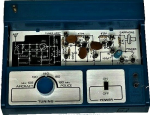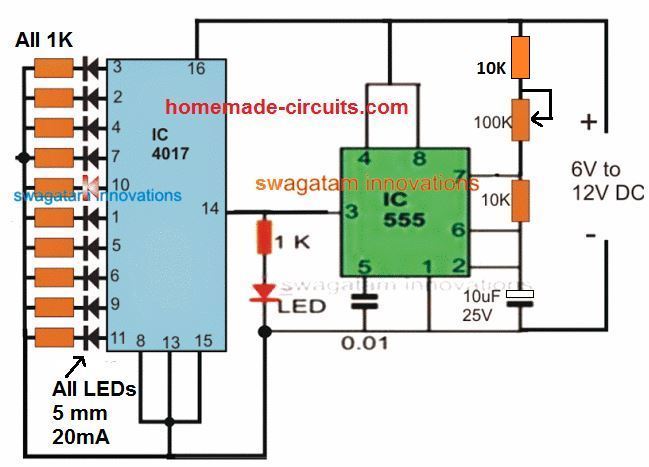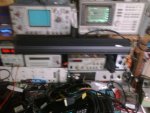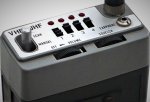Hi,
Does anyone have a schematic diagram suitable for a basic homebrew scanner? I'm not looking for anything overly complicated, just something that could scan 2-6 channels. Construction would be old school style "thru hole construction" with discrete components, sort of like the old Radio Shack P-Box kits. Of course it would use crystals. I figure there would be no need for an O-Scope in aligning the radio because with a crystal of a known frequency one could tune it to match and be good to go.
Does anyone have a schematic diagram suitable for a basic homebrew scanner? I'm not looking for anything overly complicated, just something that could scan 2-6 channels. Construction would be old school style "thru hole construction" with discrete components, sort of like the old Radio Shack P-Box kits. Of course it would use crystals. I figure there would be no need for an O-Scope in aligning the radio because with a crystal of a known frequency one could tune it to match and be good to go.











